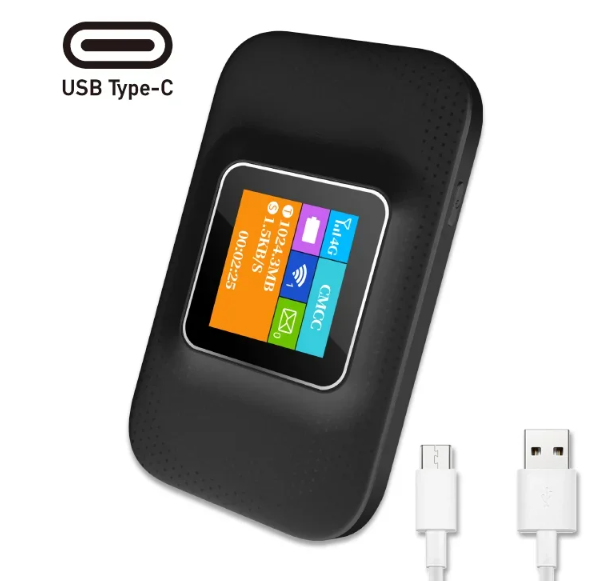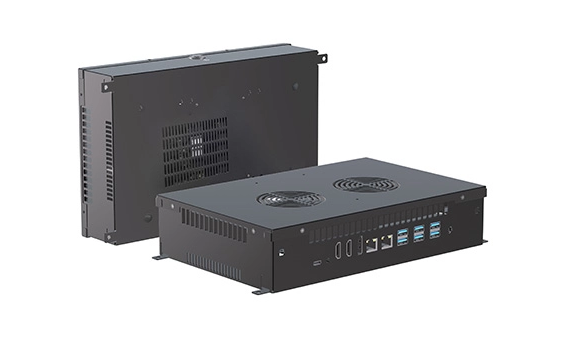Unleashing Performance: The Intricacies of Mechanical Boost Controllers in Turbocharged Engines
In the realm of automotive performance tuning, the mechanical boost controller stands out as a pivotal component for enthusiasts seeking to optimize their turbocharged engines. Understanding how a mechanical boost controller works not only enhances your knowledge of engine dynamics but also empowers you to make informed modifications that can significantly elevate your vehicle's performance. This article delves into the operational principles, types, installation considerations, and benefits of mechanical boost controllers, providing a comprehensive guide for both novice and seasoned tuners.
Understanding Boost Pressure
Before we dive into the mechanics of boost controllers, it’s essential to grasp the concept of boost pressure. In turbocharged engines, boost pressure refers to the increase in air intake pressure created by the turbocharger, which compresses the incoming air. This process allows for more air and fuel to enter the combustion chamber, resulting in increased power output. However, managing this boost pressure is crucial, as excessive levels can lead to engine knock, reduced reliability, and potential engine damage.
The Role of Mechanical Boost Controllers
A mechanical boost controller is designed to regulate the amount of boost pressure produced by the turbocharger. Unlike electronic boost controllers, which utilize sensors and electronic signals to adjust boost levels, mechanical boost controllers operate purely on mechanical principles. They typically consist of a spring-loaded diaphragm and a wastegate actuator, which work in tandem to control the flow of exhaust gases to the turbocharger.
How Does a Mechanical Boost Controller Work?
- Basic Components: The primary components of a mechanical boost controller include a boost source (usually a pressure line from the intake manifold), a wastegate actuator, and an adjustable spring mechanism. The wastegate is a valve that diverts exhaust gases away from the turbocharger when a predetermined boost level is reached.
- Pressure Regulation: When the engine is running, boost pressure builds up in the intake manifold. This pressure is directed to the wastegate actuator. The actuator is equipped with a diaphragm that responds to the pressure changes. As boost pressure increases, it pushes against the diaphragm, which in turn opens the wastegate.
- Spring Tension: The mechanical boost controller allows tuners to adjust the spring tension within the actuator. By increasing the spring tension, the boost pressure required to open the wastegate is raised, allowing the turbocharger to produce higher boost levels before the wastegate opens. Conversely, reducing the spring tension allows for lower boost levels.
- Boost Control: The mechanical boost controller can be fine-tuned to achieve the desired boost levels. This is particularly useful for performance applications where specific power outputs are targeted. By adjusting the spring tension, tuners can optimize the engine's performance characteristics, ensuring that the turbocharger operates efficiently within its designed parameters.
Types of Mechanical Boost Controllers
- Manual Boost Controllers: These are the simplest form of mechanical boost controllers, allowing the user to manually adjust the boost levels via a knob or screw. They are popular among DIY enthusiasts due to their straightforward installation and ease of use.
- Electronic Boost Controllers: While primarily electronic, some systems incorporate mechanical elements for fail-safe operations. These controllers offer more precise control over boost levels and can adjust in real-time based on engine parameters.
- Ball and Spring Controllers: This type utilizes a ball and spring mechanism to regulate boost pressure. The ball acts as a check valve, allowing exhaust gases to bypass the turbocharger when the desired boost level is reached.
Installation Considerations
Installing a mechanical boost controller requires careful planning and execution. Here are some key considerations:
- Location: The boost controller should be installed in a location that allows for easy access for adjustments. It should also be positioned to minimize the length of the pressure line to reduce lag in boost response.
- Compatibility: Ensure that the boost controller is compatible with your specific turbocharger and engine setup. Different turbochargers may have varying wastegate configurations, necessitating specific controller designs.
- Calibration: After installation, it’s crucial to calibrate the boost controller. This involves making incremental adjustments and monitoring the engine's performance to ensure that the desired boost levels are achieved without compromising engine safety.
Benefits of Mechanical Boost Controllers
- Cost-Effectiveness: Mechanical boost controllers are generally more affordable than their electronic counterparts, making them an attractive option for budget-conscious tuners.
- Simplicity: With fewer components and no reliance on electronic systems, mechanical boost controllers are often easier to install and maintain.
- Reliability: Mechanical systems are less prone to failure compared to electronic systems, which can be affected by electrical issues or sensor malfunctions.
- Enhanced Performance: By allowing precise control over boost levels, mechanical boost controllers can significantly enhance engine performance, providing a noticeable increase in horsepower and torque.
Conclusion
In summary, understanding how a mechanical boost controller works is essential for anyone looking to enhance the performance of a turbocharged engine. By regulating boost pressure through mechanical means, these controllers offer a reliable and cost-effective solution for tuning enthusiasts. Whether you are a seasoned racer or a weekend warrior, mastering the intricacies of mechanical boost controllers can unlock the full potential of your turbocharged vehicle, delivering exhilarating performance and driving satisfaction.

